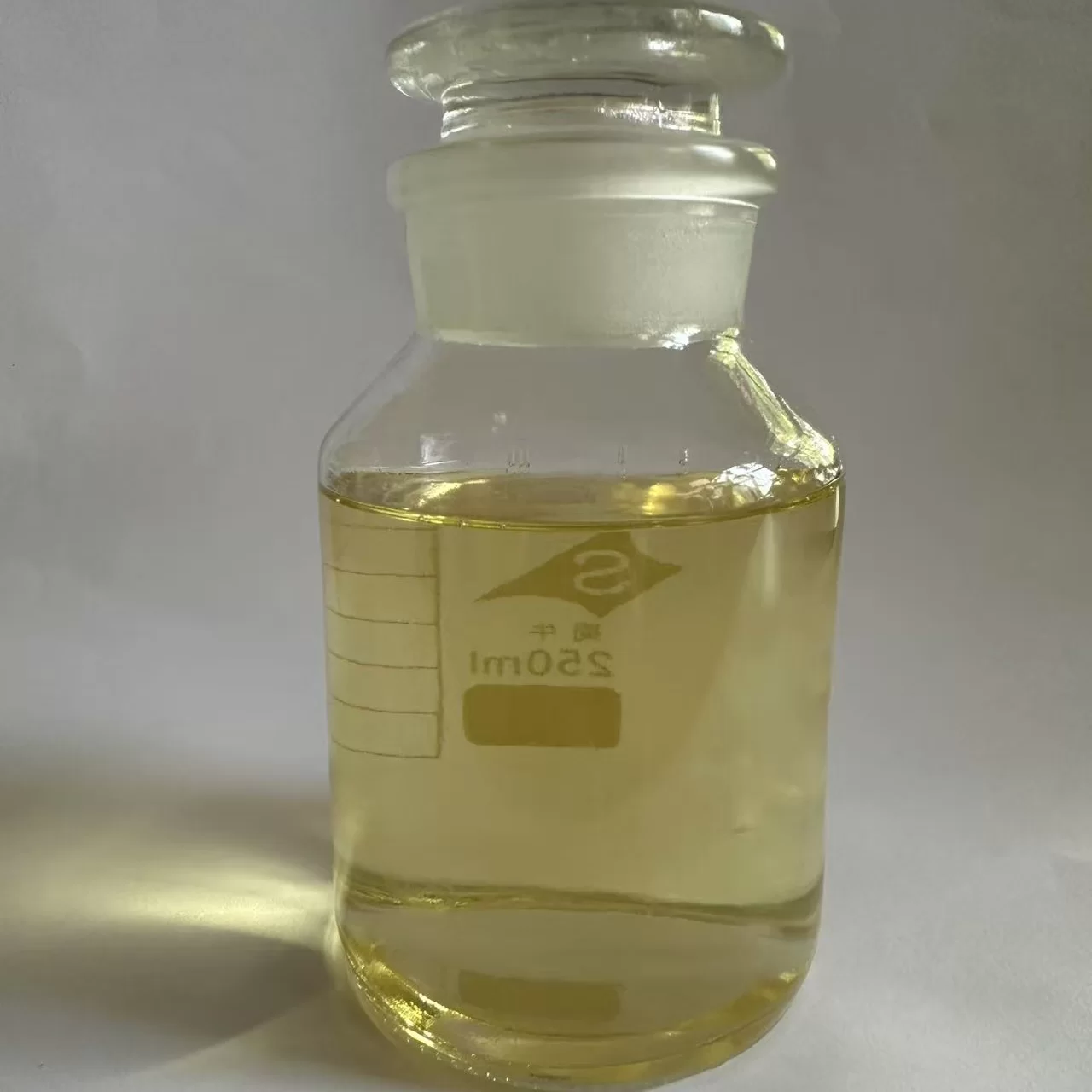What mills are actually doing with fabric mercerization in 2025
I’ve spent enough time around continuous ranges to know this: when the mercerizer hums, your dyehouse sleeps better. And this year, mills keep asking for deeper shade, less foam, and fewer “mystery streaks.” Enter the High Alkali Mercerizing Penetrant for Textile Pretreatment from Han Village, Zhao County, Shijiazhuang, Hebei—quietly popular, surprisingly practical. To be honest, the trend isn’t a headline; it’s a steady shift toward chemistry that stays stable in brutal caustic and still wets like crazy.

Why fabric mercerization still matters
Luster, higher tensile strength, richer reactive dye uptake—yes, the classics. But also: better dimensional stability for sateens and poplins, and cleaner, more predictable darks for denim. Many customers say they can shave a point or two off re-dye rates when penetration is consistent. That adds up.
Process flow (real mill version)
- Singe → desize → scour
- fabric mercerization (NaOH 28–32°Bé ≈ 220–300 g/L) with penetrant 1.0–3.0 g/L, 18–25°C, 30–60 s dwell, controlled tension
- Hot → warm → cold rinse; neutralize (acetic) to pH ≈ 6.5–7.0
- Stretching, drying, then dyeing/finishing
For yarn mercerization, extend dwell to ≈90–120 s, dosage 2–4 g/L. Service life note: bath stability is typically 8–12 hours in recirculation before top-up; shelf life of the product runs around 12 months sealed.
Product specifications (lab and line hints)
| Product | High Alkali Mercerizing Penetrant for Textile Pretreatment |
| Origin | Han Village, Zhao County, Shijiazhuang City, Hebei, China |
| Chemistry | Nonionic/anionic blend; high-alkali-stable surfactants |
| Active content | ≈30–50% (real-world may vary by batch) |
| pH (as supplied) | 6.0–8.0 |
| Alkali resistance | Stable up to ≈300 g/L NaOH at ambient |
| Recommended dosage | Fabric 1.0–3.0 g/L; yarn 2.0–4.0 g/L |
| Packaging & storage | 120 kg drum / 1000 kg IBC; store 5–35°C; shelf life ≈12 months |
Applications and industries
Wovens (sateen, poplin, shirting), denim, fine knits prior to reactive dyeing, even high-count percale for home textiles. Apparel, home, and a few technical cotton blends. One knitter told me, “Levelness on deep navy finally stopped arguing with us.”
Vendor snapshot (buyers keep asking this)
| Feature | DYEINGCHEM (Hebei) | EU Supplier X | Local Blender Y |
|---|---|---|---|
| Alkali stability | ≈300 g/L NaOH | ≈280 g/L | ≈240–260 g/L |
| Wetting (250 g/L NaOH) | Draves ≈3–5 s | ≈4–6 s | ≈6–10 s |
| Foam (Ross-Miles 0/5 min) | 30/10 mm | 40/15 mm | 60/30 mm |
| BAN gain (Δ units) | ≈+10–15 | ≈+8–12 | ≈+6–10 |
| Certs (availability) | SDS; ZDHC/OEKO-TEX on request | REACH; ZDHC Level 1 | Basic SDS |
| Typical price | Mid, USD ≈2.2–3.0/kg | High | Low |
Data are indicative; real-world use may vary with fabric, range design, and water quality.
Testing and standards that matter
- Barium Activity Number (BAN): GB/T 9995 (degree of fabric mercerization)
- Colorfastness to laundering: ISO 105-C06 / AATCC 61
- Rubbing fastness: ISO 105-X12
- Tensile: ASTM D5035; Dimensional change: ISO 6330/AATCC 135
- MRSL conformance: ZDHC v3.1 (verify lot-by-lot)
Case notes (two quick ones)
Woven sateen, Zhejiang: after tuning dosing to 2 g/L, BAN rose from 96 → 109; reactive black ΔE improved ≈8%, reworks down by ~35%. The finishing manager, a skeptic, said, “didn’t expect the foam to stay this low.”
Denim, South China: chain mercerizer at 29°Bé; dosage 1.5 g/L; shade build improved in mid-navy, skew held better post-wash. Small wins, but consistent.
Customization and support
Low-foam vs ultra-low-foam variants, yarn-grade cut, and a silicate-sensitive option are available by custom blend. Pilot trials (100–500 m) recommended before full switchover. SDS, TDS, and batch CoA provided; eco-compliance dossiers for OEKO-TEX Eco-Passport and ZDHC can be shared under NDA.
Final thought
If your fabric mercerization is good but not great, start with wetting time in the real caustic you run, not lab water. That’s where this penetrant quietly earns its keep.
Authoritative citations
- AATCC Technical Manual: TM 61 (Colorfastness to Laundering) and related guidance. https://www.aatcc.org
- ISO 105-C06: Textiles — Tests for colour fastness — Colour fastness to domestic and commercial laundering. https://www.iso.org
- GB/T 9995: Textiles — Determination of barium activity number of cotton. http://www.std.gov.cn (CN standard portal)
- ISO 105-X12: Textiles — Colour fastness to rubbing. https://www.iso.org
- ASTM D5035: Standard Test Method for Breaking Force and Elongation of Textile Fabrics (Strip Method). https://www.astm.org
- ZDHC Manufacturing Restricted Substances List (MRSL) v3.1. https://www.roadmaptozero.com
Our team comprises seasoned manufacturing experts and international business professionals.dye auxiliaries Core team members possess 15-20 years of industry experience,textile auxiliary manufacturer with deep understanding of every production detail and sharp market insights.textile auxiliary agent Our professional teams include:R&D Team: Continuous innovation, leading industry development Production Management Team: Pursuing excellence,auxiliaries chemicals ensuring stable quality Quality Control Team: Strict supervision with zero-tolerance attitude International Business Team: Professional service with seamless communication.textile auxiliaries chemicals